A Risen brought to the Brazilian market the line of Hyperion modules, the result of the evolution and improvement of technology since 2019, when the company launched the first panels based on HJT cells.
Although HJT technology has existed since the 1980s, it was only in 2010 that the industry was able to begin researching and developing this solution, due to a previous patent that expired that year.
“To produce cells with greater efficiency, it is imperative to reduce the optical loss of sunlight that enters the cell, reducing surface reflection, as well as, and more importantly, reducing the losses of minority charge carriers, which means prolonging the life of the cell as much as possible. useful of these, avoiding the recombination that can occur at crystalline silicon (c-Si) interfaces”, said the manufacturer.
According to the company, these effects are achieved by inserting a surface passivation layer, together with a layer with anti-reflection capacity.
“Heterojunction cells are based on the use of layers of intrinsic amorphous silicon (a-Si) as heterocontact with the crystalline silicon wafer (c-Si), which provides better surface passivation when compared to silicon nitrate (SiNX). and silicon oxide (SiO2), traditionally used in PERC and TOPCon cells, respectively”, they explained.
However, they highlighted that, in addition to efficiency, there are also other features in the HJT Risen modules that can be improved in terms of performance and reliability in general.
As Risen has been developing Hyper-ion HJT panels in recent years, this has resulted in some improved features for such modules, such as Risen's exclusive and patented low-temperature interconnect technology called Hyperlink.
“We are also the first company to use 0 busbars in Hyper-ion HJT cells and produce ultra-thin HJT cells, reaching 90μm in thickness in mass production. Furthermore, to guarantee module reliability, we developed a special encapsulating material for the modules, as this is a very important factor in guaranteeing the quality of the panels”, they highlighted.
As a result, they emphasized that all the advantages of Hyper-ion HJT technology allow achieving high efficiencies and powers and, above all, greater generation per kW installed.
Risen currently has the capacity to mass produce modules with 710 W and 22.9%, however, in early 2023, the ultra-high power Hyper-ion HJT line achieved the world record for crystalline silicon panels with 741.45 W and 23,89% of efficiency, according to the test report issued by TUV.
“Additionally, the Hyper-ion HJT Risen technology has advantages in addition to high efficiency, such as lower temperature coefficients and linear power degradation, factors that directly affect the generation that each installed kW is capable of producing. In other words, these factors greatly affect the energy yield kWh/kW/year”, pointed out the company.
“The Hyper-ion HJT Risen module has a temperature coefficient of 0.24%/°C, the lowest power loss coefficient due to temperature among technologies on the market”, they highlighted.
The Hyper-ion HJT module also presents a degradation of 1% in the first year and 0.30% of annual linear degradation in the remaining years. “Thus, Hyper-ion panels maintain 90.30% of their original power at the 30th year”, concluded the manufacturer.
Expansion of production capacity
In early 2023, Risen brought high power and efficiency heterojunction modules to the Latin American market.
Subsequently, in August, the company, which stated that it is the only manufacturer with mass production capacity for HJT cells, expanded its exclusive production capacity for this type of technology, which was 5 GW in 2022, with a new 15 GW facility of annual production capacity.


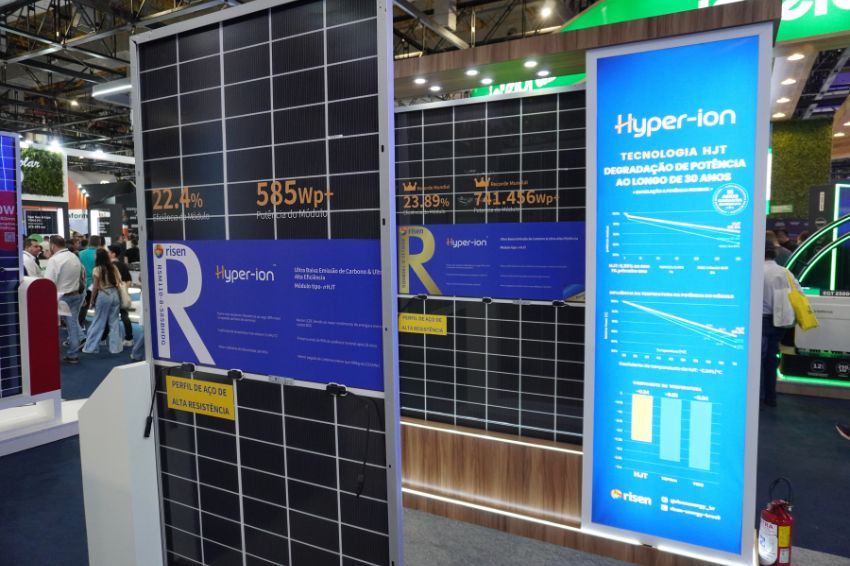
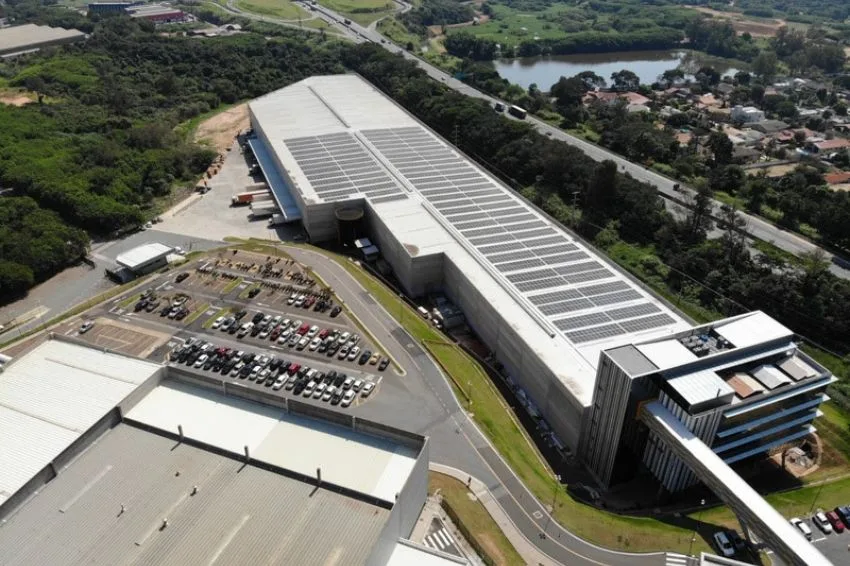

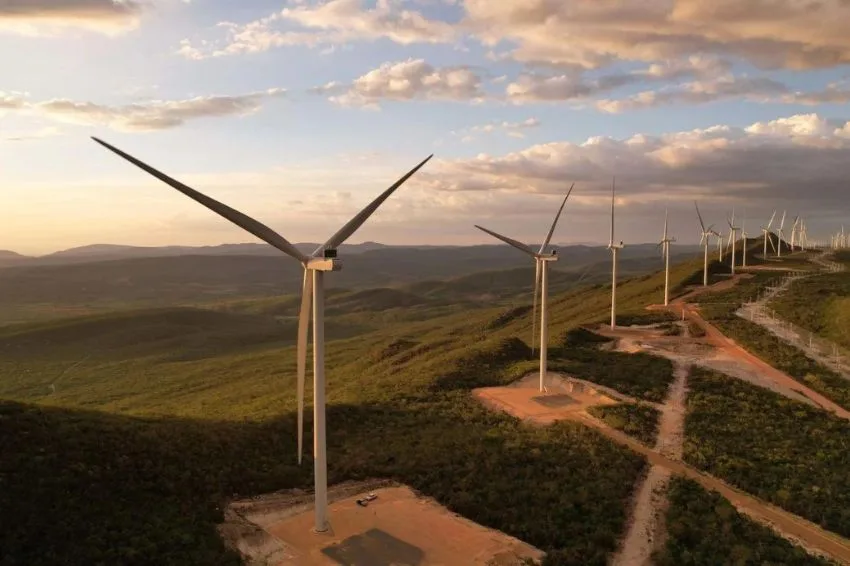
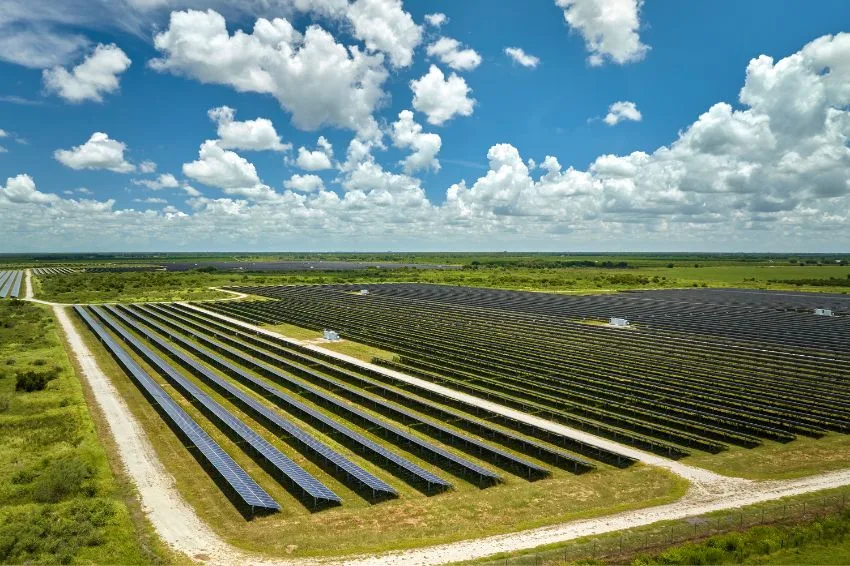
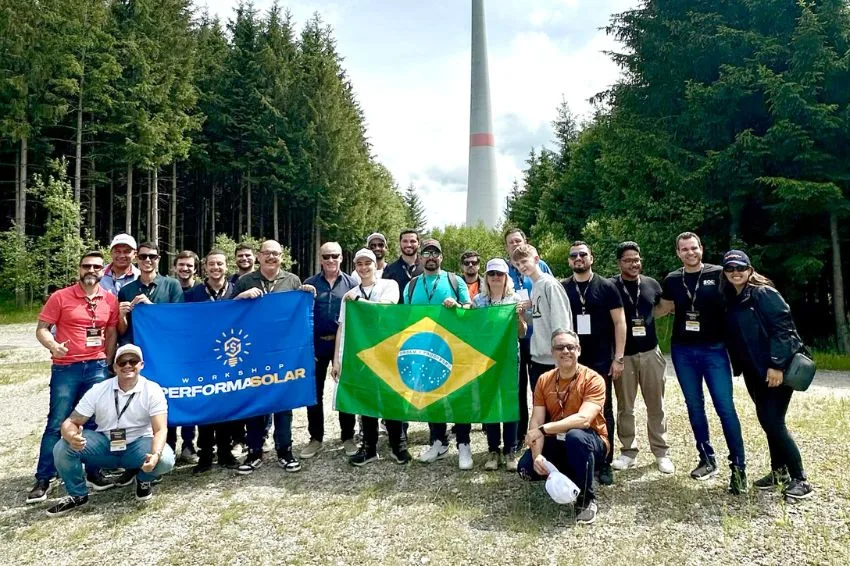








One Response
Hi, Matthew
Is everything ok?
Have you talked about cost and availability?
Strong hug